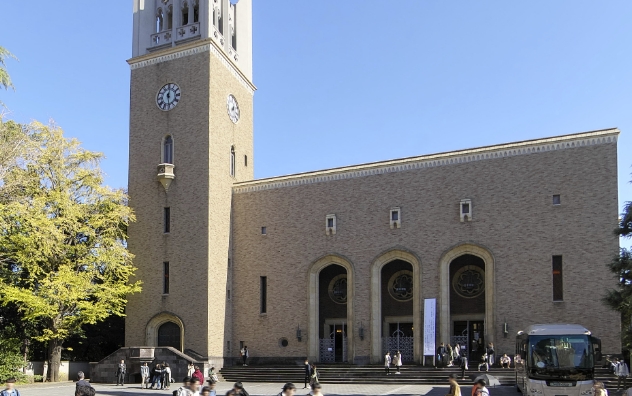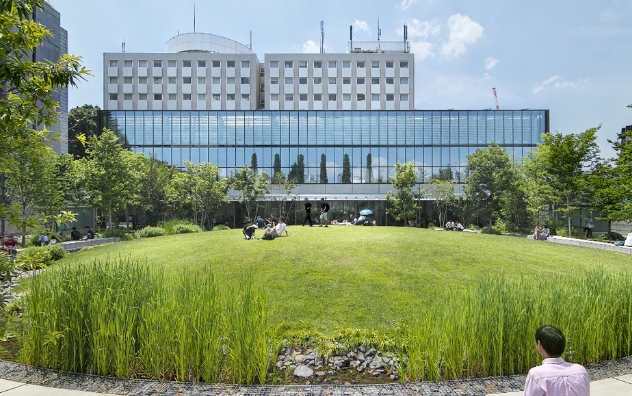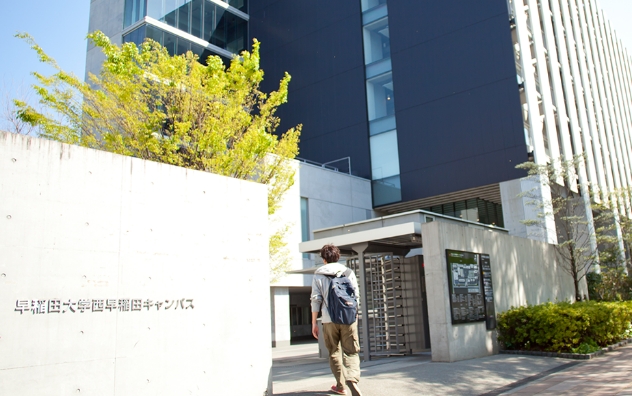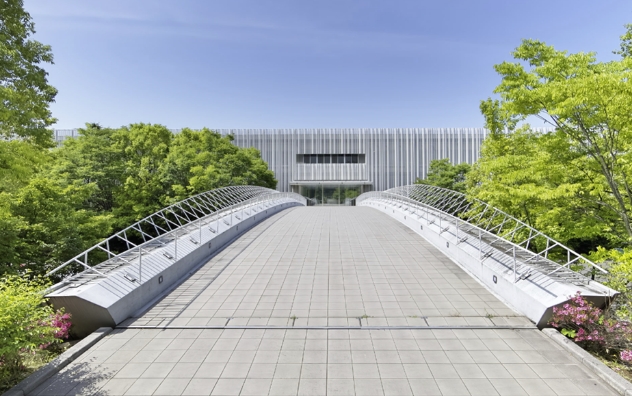Understanding diversity through the world of the brain and nervous system
Thu, Nov 21, 2024-
Tags
The idea of “neurodiversity,” which sees the various differences in characteristics at the individual level that originate from the brain and nerves as diversity, mutually respects them, and utilizes them in society, is now beginning to be recognized in society. We spoke to Professor Rieko Osu of the Faculty of Human Sciences, who specializes in brain science, about the latest developments in this field.
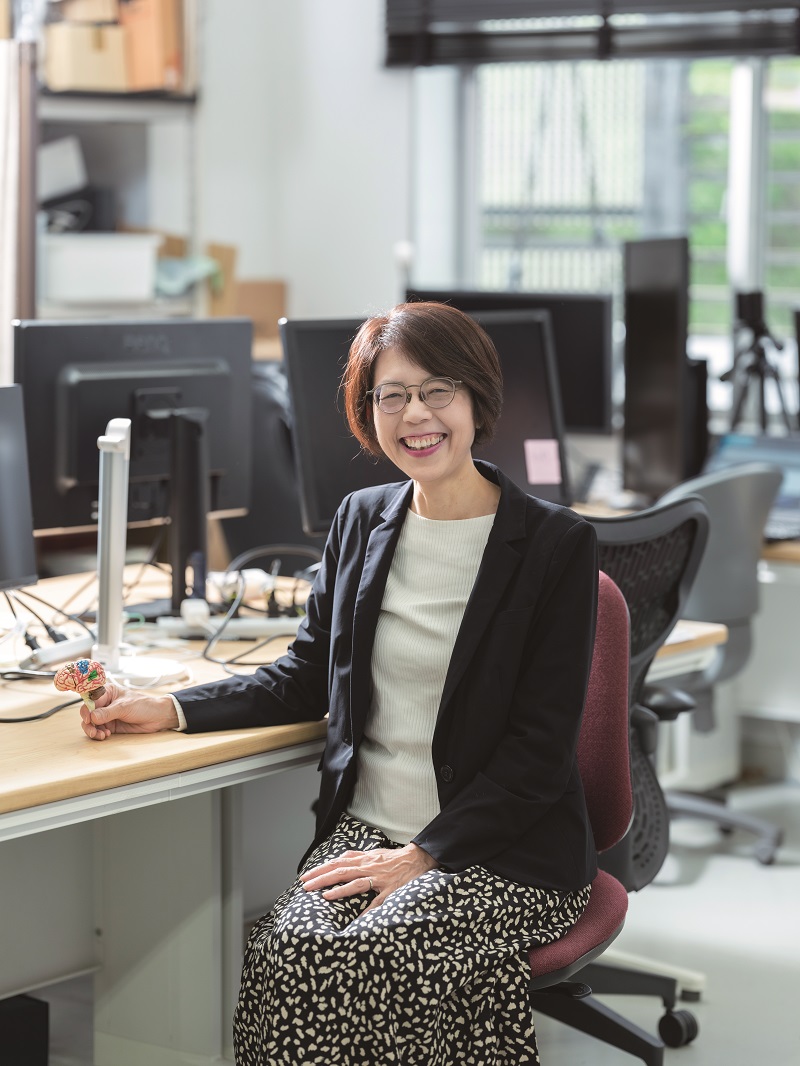
When viewed through the lens of the brain and body, everything is just one aspect of diversity
I specialize in neuroscience (cognitive neuroscience and brain science), which elucidates the relationship between the brain, nerves, and the body. This is an interdisciplinary field that involves medicine, engineering, psychology, and more. I am thinking about how people can come to terms with society and live happily when their brains or bodies are in a different state than most people for some reason.
For example, when a stroke causes brain damage, one of the limbs may become paralyzed as an aftereffect. In rehabilitation settings, training is provided to restore the function of the paralyzed hand, but it is common for the patient to stop using the paralyzed hand when they return home. If we can elucidate why the patient “doesn’t want to use it” occurs and how to encourage use by recording and analyzing brain activity, we can increase the chances of maintaining and recovering function.
Also, when researching the mechanisms of the brain, I feel that the flow of information processing and functions of the brain are truly as varied as the people in question. Traits that have been categorized up until now as autism spectrum disorder (ASD) and attention-deficit hyperactivity disorder (ADHD) are variations of the brain (neurodiversity). Clarifying these differences from a scientific standpoint is an important perspective for understanding each other and realizing true diversity.
First, experience it and you will see the issues at hand
In recent years, society has been making progress in addressing accessibility. In order to create an environment where everyone can live comfortably, I believe it is necessary to find issues in our surroundings and experience “differences.”
There are students with physical disabilities in my lab. When we walk around campus together, we notice barriers that we hadn’t been aware of before–there are elevators but many doors that students cannot open by themselves and desks that are a little low and difficult to use. You could say that these kinds of realizations are born from everyday experiences.
Creating an environment for information processing diversity such as ASD and ADHD is even more difficult. In Japan, communication and cooperation are emphasized, and there is strong social pressure to behave like everyone else (camouflage). As a result, the existence of information processing diversity itself is difficult to see. My laboratory has also collaborated with universities around the world, including the University of Birmingham, to conduct research on camouflage and well-being in adults with ASD. As a result, we have found that overseas, feeling that one’s characteristics are accepted by oneself and others leads to a sense of happiness, but this is not necessarily the case in Japan. This is clear when we look at the way Japanese companies expect employees to perform standardized tasks after joining the company, and the way Western companies assign jobs suited to each employee’s individual characteristics.
To overcome this situation and create an environment where everyone can live happily as they are, we need a system that supports mutual communication. To achieve this, we are developing various tools, such as a system that allows people to wear VR goggles and re-experience the eye movements of people with ASD, and scenarios that imagine situations in which people with minority characteristics become the majority.
The possibilities of brain science will continue to expand to create a society where everyone can be healthy and active
Although there are differences between the majority and minority, we all live with our differences, to a greater or lesser extent. The challenge is how to prevent miscommunication and maintain optimal relationships amid such diversity. This is a theme that concerns everyone living in society. In addition, maintaining and improving physical functions to enrich our longer lives is one of the themes we would like to pursue in the future. The possibilities of brain science continue to expand, including collaborative research with the fields of AI and robotics. We will continue our research so that understanding the brain can lead to the realization of a better society.
◆PROFILE◆
Professor Osu received her doctorate in literature from the Graduate School of Letters at Kyoto University in 1996. She has held various positions, including researcher at the ERATO Kawato Dynamic Learning Brain Project of the Japan Science and Technology Agency, head of the Motor Control and Functional Recovery Laboratory at the Advanced Telecommunications Research Institute International (ATR) Brain Computation Research Institute, and director of Consumer Neuroscience at The Nielsen Company LLC, before assuming her current position in 2017.


